Whether you are a gaming enthusiast pursuing the ultimate experience or just an average computer user interested in consumer electronics, you may know that the 2019 Taipei Computer Show (Computex) is currently in full swing. Not only have AMD, Intel, and NVIDIA released their latest models of CPUs and graphics cards with significant performance leaps, but many leading PC manufacturers have also introduced a plethora of creative new flagship consumer products, leaving one dazzled and slightly lamenting the strong purchasing power of today’s enthusiasts, while feeling a bit abandoned by the market with a depleted wallet.
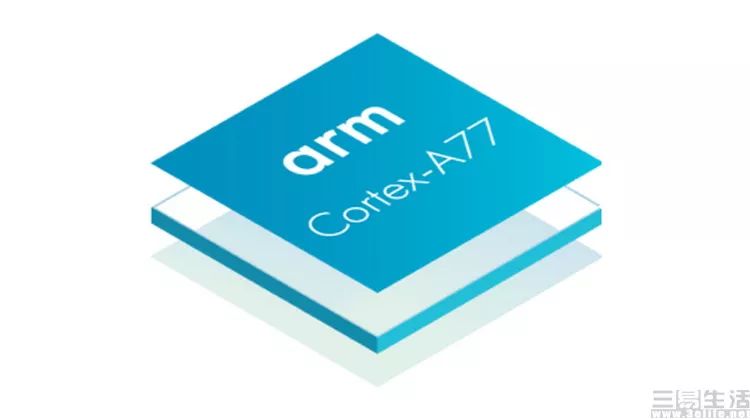
Fortunately, compared to flagship computers that can cost tens of thousands, the prices of smartphones, which are generally more “intimate” with most people, are still relatively friendly. Especially at this year’s Computex, ARM, known as the “father” of many flagship smartphone chips, grandly announced the new generation of Cortex-A77 CPU and Mali-G77 GPU architectures, claiming “performance increases by 30% and power consumption decreases by 50%”, which has given many smartphone users a glimpse of a bright future for performance evolution.
-
Please note, ARM is really not exaggerating this time
However, unlike the cheers from the public, our editors at San Yi Life, after reviewing ARM’s official announcement materials, first thought: this time, is ARM really not exaggerating?
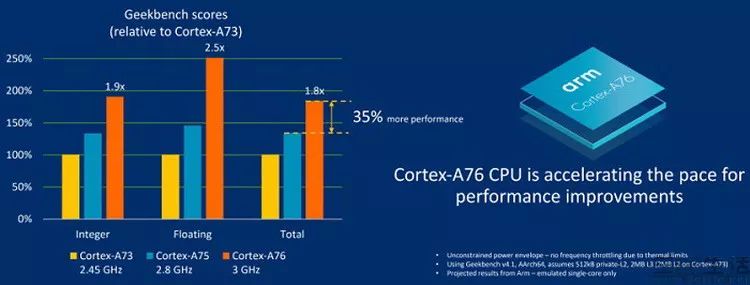
Comparing performance directly at different frequencies… emmm
This is not us randomly questioning industry giants, but because ARM has a history of “exaggeration”: a year ago, when releasing the Cortex A76 architecture, ARM claimed a “35% increase” in performance compared to the previous A75 architecture, which we later found out was based on an unequal process and frequency, estimating the maximum performance gap in a simulated scenario. If we assume the same frequency, the theoretical maximum performance difference between A76 and A75 is only 15.9%; and considering that smartphones generally cannot run at full frequency for extended periods, the actual performance difference between last year’s new and old architectures is even smaller.
Fortunately, after careful confirmation, the performance improvement claimed by ARM this time seems to be more realistic: specifically, under the same 7nm process and running at 3GHz frequency, the new Cortex-A77 architecture shows a performance improvement of approximately 20% to 35% compared to the previous Cortex-A76 in various scenarios. Although the numbers still seem exaggerated, this time, ARM’s sincerity is clearly stronger than last year, giving us more reason to expect the smoother performance brought by the new architecture.
-
A new GPU and a more refined CPU
Interestingly, when ARM released the performance comparison data for its new products, the “sincere” subject was not only the new Cortex-A77 CPU architecture but also the Mali-G77 GPU that debuted alongside it. According to ARM, compared to the previous generation (the Mali-G76MP12 used in Samsung’s Exynos 9820 and the Mali-G76 MP10 used in Huawei’s Kirin 980), the new GPU architecture shows a 30% increase in graphics performance and a 60% increase in AI performance. If under the same process and performance conditions, the G77’s energy consumption can be reduced by 30% compared to the G76.
Clearly, compared to last year’s vague and unfair comparisons, ARM has shown significantly more “confidence” when releasing new products this year. So, where does ARM’s “confidence” come from? Is it due to the major technological updates of the new products?
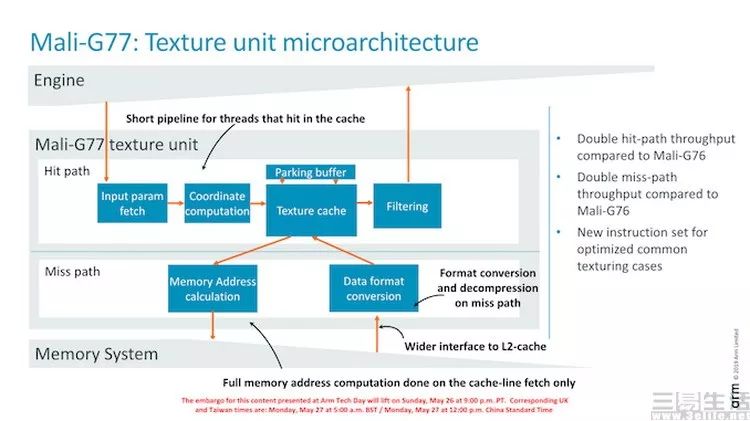
To some extent, this is not incorrect: for example, the Mali-G76 is based on the newly designed Valhall architecture, which adopts a new superscalar design, made significant changes to the instruction set, and even designed dedicated units for AI computation (does this remind you of NVIDIA?). In conclusion, the Mali-G77 emphasizes performance improvements in anti-aliasing, high resolution, and AI-assisted computing, with an increase of up to 40% compared to the previous Mali-G76, clearly designed for top-tier devices and the latest gaming standards such as 4K screens and HDR games.
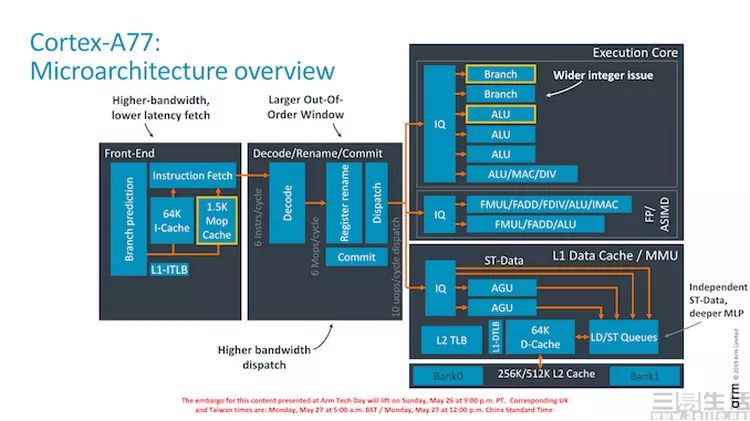
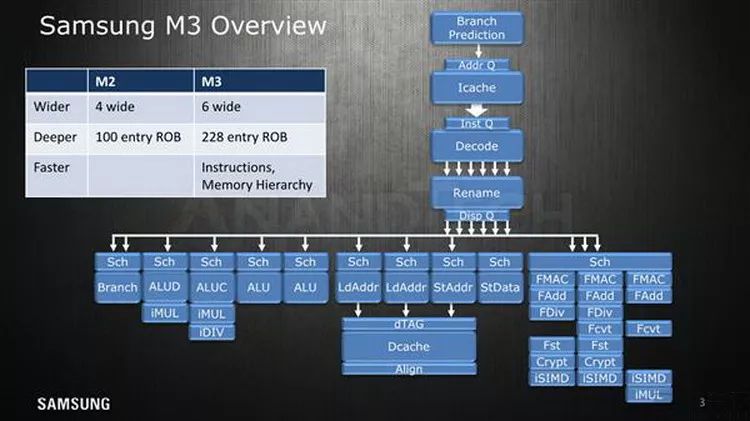
One of these two images is horizontal, and the other is vertical…
However, if you shift the focus from the GPU to the CPU, you will find that the Cortex-A77 architecture paired with it is not so “brand new”. For instance, the instruction set version it uses is still ARM V8.2, and the biggest improvement in the microarchitecture of the CPU this time is the increase in the width of the decoding unit from 4 to 6, while the out-of-order submission window has increased from 128 to 160. This might sound a bit confusing; to put it more plainly, it “borrowed” the design of Samsung’s previous big core, the M3, which achieved 6-issue and up to 228 out-of-order width early last year, surpassing the current level of Cortex-A77. Interestingly, at last August’s HotChips conference, Samsung and ARM had a debate about whether mobile chips needed ultra-wide execution performance. It seems clear now that ARM has reflected on its previous behavior and chosen to “follow the good example”.
-
Is ARM’s secret this time about knowing when to give up?
As the saying goes, “Taking big steps can lead to trouble.” When ARM released the A76 architecture last year, we pointed out that the reason ARM used the 7nm process and 3GHz ultra-high frequency, which did not exist in smartphones at the time, as the performance comparison benchmark, was likely because they originally intended to target the Cortex-A76 architecture at platforms with better heat dissipation and higher frequencies. In fact, at that time, ARM’s official website boasted that the Cortex-A76 had “notebook-level performance”, clearly revealing its ambition to enter the large-size computing device market.
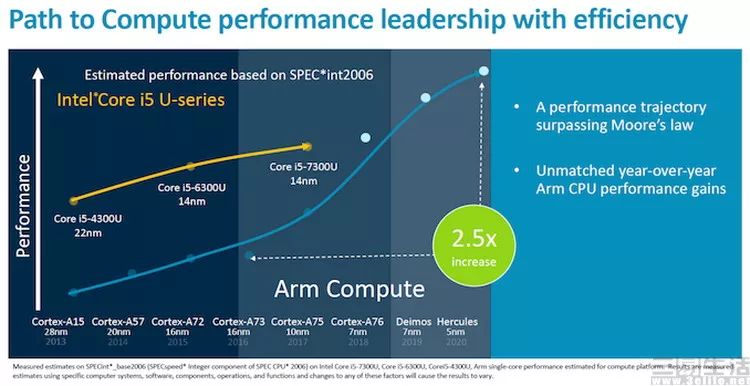
ARM previously used Intel for comparison, but please note that they no longer dare to compare with eighth-generation or later Core processors…
Idealism can be quite different from reality; ARM was targeting Intel’s low-power dual-core CPUs that were still “squeezing toothpaste” at the time. However, they probably did not expect that with the escalation of the “war” between Intel and AMD, traditional low-power x86 notebook CPUs would evolve from dual-core to quad-core within a year or two, and then to six-core (the next generation Core i7-10710U is rumored to be the first 15W six-core CPU), plus new instruction sets like AVX512 and DL Boost, which would once again widen the performance gap with ARM architectures.

On ARM’s official website today, you can no longer find any mention of the Cortex-A76 architecture regarding notebook applications. ARM has shifted its target market to smartphones, home smart devices, and automotive platforms. Moreover, during the release of the Cortex-A77, ARM did not mention notebooks at all, completely positioning it as “the high-performance mobile processor of 2020”.
In fact, upon careful consideration, it is clear that for ARM, focusing on low-power smartphone platforms and optimizing energy efficiency is the right path for development. The reason why the Cortex-A77 dares to promote itself with more realistic performance data may also be attributed to its focus on the mobile platform and high-efficiency optimization.
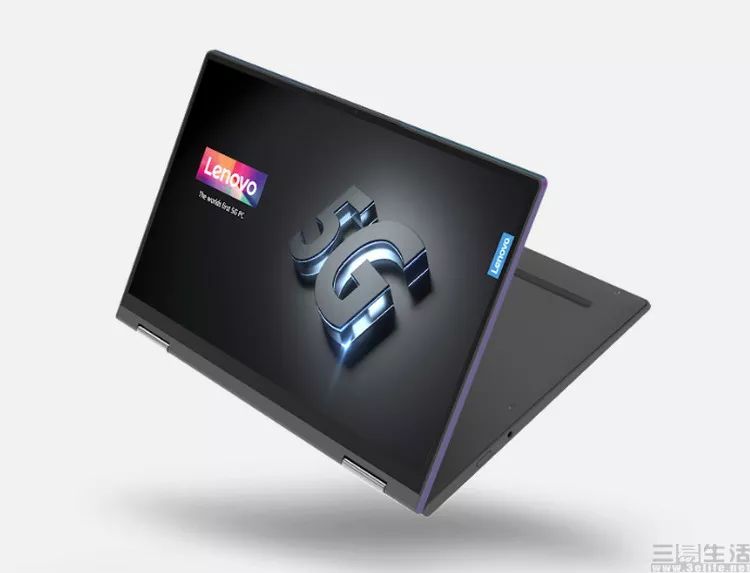
The saying “specialization leads to excellence” perfectly describes ARM this time. However, I wonder if ARM will feel a twinge of desire upon seeing the recent performance surge of Qualcomm’s Snapdragon 8CX in “5G notebooks”?
[Images in this article are from the internet]
Recommended Reading:
After Completing the True Flagship Mobile Matrix, Redmi’s Journey Has Just Begun
Beyond just the true flagship, what Redmi brand tells is not so simple.
The Second Thousand Yuan Machine War Begins, But New Brands Are Left with No Hope?
The recent surge of thousand-yuan products undoubtedly announces the further intensification of market competition.
